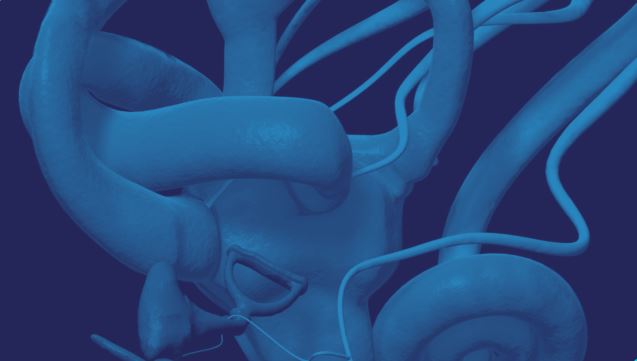Apr. 25, 2022
This month’s post is by Amanda Davis. Amanda is a 3rd year audiology doctoral student at UNC Chapel Hill completing her vestibular clinical rotation with us. She has a particular interest in cochlear implants and a recent patient that we saw inspired her to write this. There are several hypothesized reasons for postoperative vestibular dysfunction, including but not limited to:















